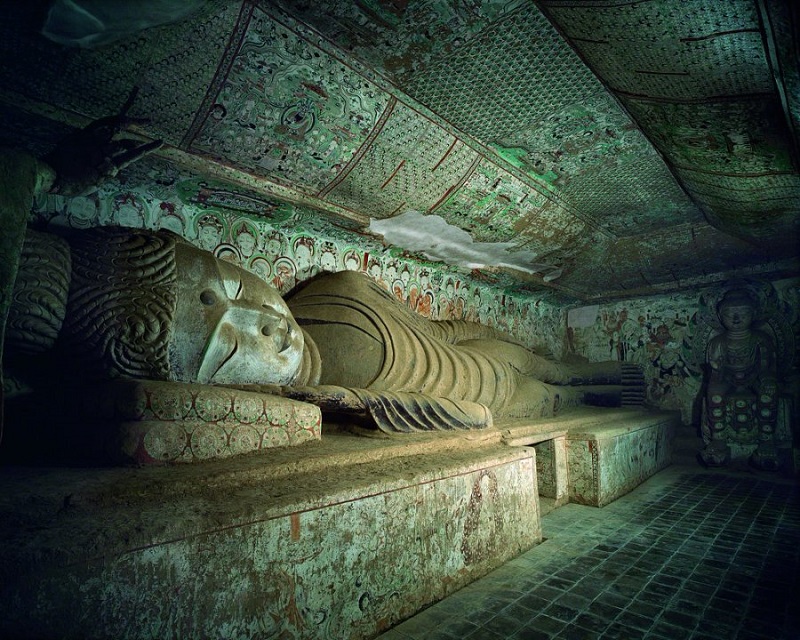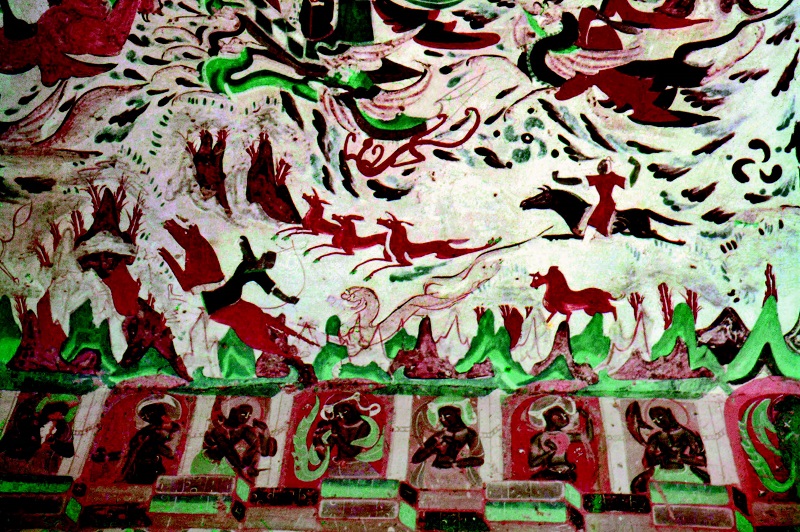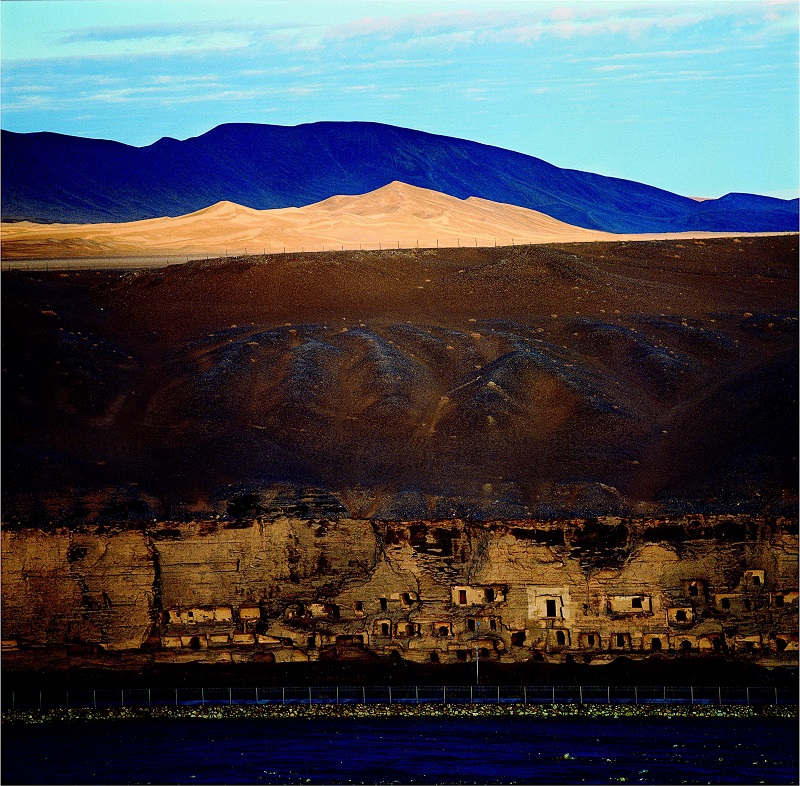Dunhuang Across Time and Space

Dunhuang in northwestern China’s Gansu Province was a gateway from the Central Plains to the Western Regions in ancient China and served as a cultural hub for a long period of time in history. It was where Chinese civilization converged and integrated with the civilizations of India, Greece, Persia, and many other places.

The year 2024 marks the 80th anniversary of the establishment of the Dunhuang Academy. Across those decades, generations of workers at the academy have remained committed to safeguarding the artistic treasure trove tucked away in a remote desert in northwestern China, making remarkable achievements in the preservation of Dunhuang relics and art, the promotion of Dunhuang culture, and the inheritance of the cultural heritage of humanity.
What is so special about Dunhuang? And what profound enlightenment has it brought to the inheritance and development of traditional Chinese culture? After thousands of years, how should the millennia-old cultural heritage maintain a vigorous posture and confidently share its stories to the world?

On the occasion of the 80th anniversary of the establishment of the Dunhuang Academy, let’s take a close look at the precious museum of human civilization to appreciate its special charm and cultural value.